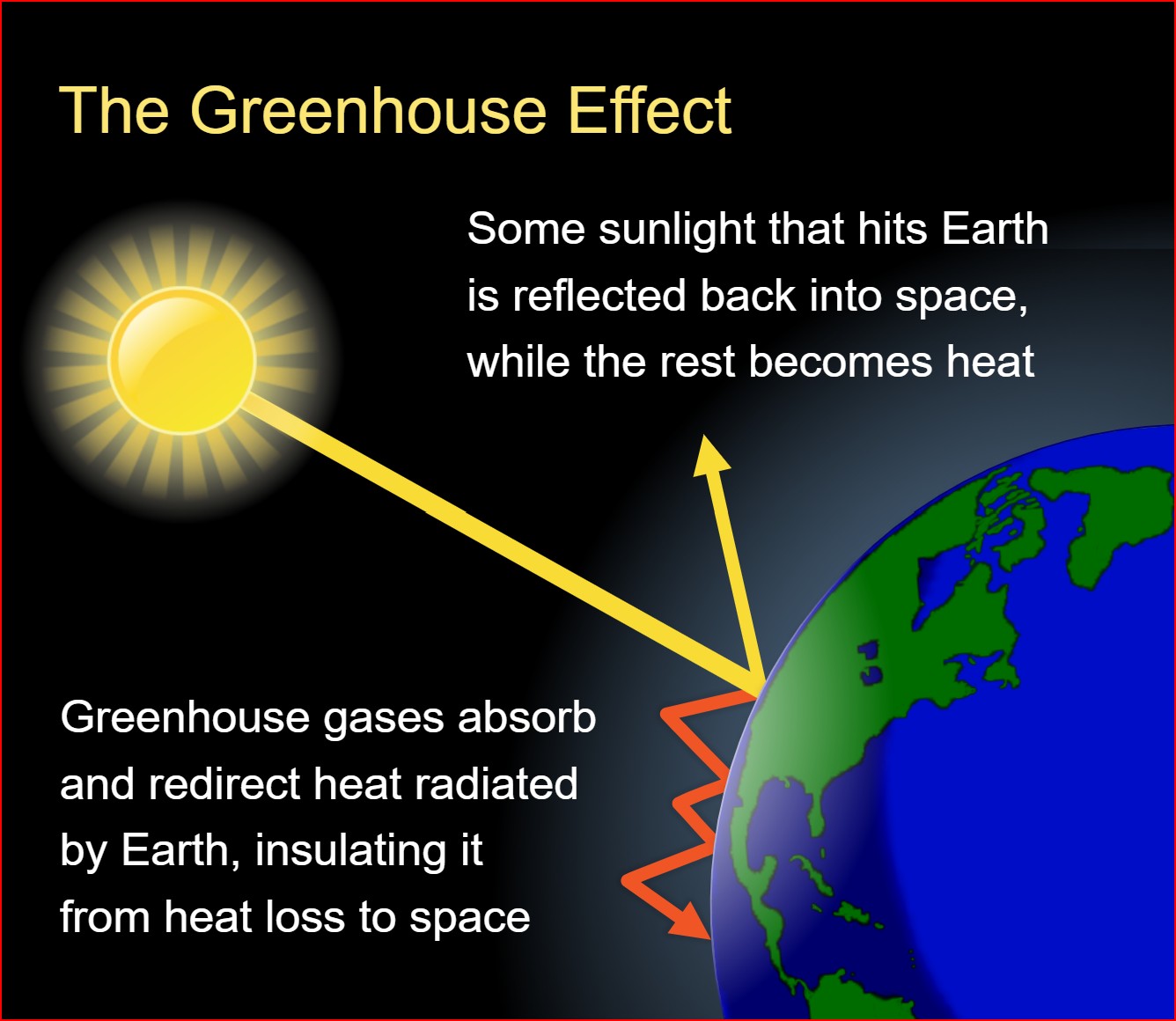
Waste Not – Want Not: The ATS Story
No less than a “revolutionary solution to capture and convert industrial waste heat into sustainable electricity”: that’s what Advanced Thermovoltaic Systems (ATS) has developed. For its efforts, the company has received the prestigious Earthshot Prize 2024, which recognizes innovators addressing the world’s most pressing challenges in five areas: protecting and restoring nature; cleaning our air; reviving our oceans; building a waste-free world; and fixing our climate.
ATS is effectively changing the “way industries manage waste heat, providing the world’s first and only solid-state solution that converts industrial waste heat into clean, sustainable electricity without the need for turbines or moving parts.”
The company’s solution will potentially save gigatonnes of carbon dioxide (CO2), an important heat-trapping gas also known as a greenhouse gas, which warms the planet, causing climate change, the significant variation of average weather conditions. According to NASA, “Human activities have raised the atmosphere’s carbon dioxide content by 50% in less than 200 years.”

Image: Efbrazil, CC BY-SA 4.0, via Wikimedia Commons
Worldwide, waste from energy production and manufacturing contributes significantly to greenhouse gas emissions and renders that energy ineffective. Even worse, this waste contributes to both CO2 and methane emissions, an inefficiency that negatively influences climate change and increases global warming. Further, it contributes to the severe weather events being experienced worldwide, the rise of sea levels, and the loss of global biodiversity. A recent International Energy Agency study states that “two-thirds of all global energy production is wasted,” which also directly represents environmental harm, according to GreenMatch.
ATS is creating more efficient and reliable methods of transforming industrial waste heat into electricity, while reducing CO2 emissions. Since energy-intensive industries like cement, steel, and chemicals produce a great deal of harmful CO2, capturing such vast amounts of wasted heat is crucial to address climate change. ATS’s solution is important because it’s a simplified, safe, and scalable way to capture waste heat and convert it into energy, according to the clean technology news source CleanTechnica.
Heavy industry’s loss of over 60% of all industrial energy as waste heat represents a vast resource equal to the energy requirements of 4 billion homes, as specified by ATS. That’s about twice the total number of households worldwide. ATS based its effort to convert industrial waste heat into clean, sustainable electricity without the traditional methods using the 200-year standard method requiring turbines, while potentially eliminating gigatonnes of CO2.
To accomplish these goals, ATS uses advanced thermophotovoltaic (TPV) systems, a type of energy conversion technology that directly converts heat into electrical energy, typically using semiconductor materials and photon-to-electron conversion. This represents a promising avenue for improving energy efficiency and developing sustainable power. In principle, TPV systems convert thermal radiation (heat) directly into electricity. Without getting too technical, a TPV system works by first using a heat source (like combustion, waste heat from industrial processes, or concentrated solar energy) to generate radiated heat. This heat is then absorbed by a material designed to efficiently accept this radiation, which consists of high-energy photons. Acting as a photovoltaic converter, the material excites electrons to generate an electric current, creating a flow of usable electricity.
The advantages of the ATS approach include high efficiency and the obvious recovery of lost waste heat. Importantly, these systems are compact, making them suitable where space is limited, such as for space exploration, remote power generation, and even in portable systems.
The challenges remaining are to develop even better conversion materials, to reduce the costs and scalability of units, and to further integrate hybrid systems that use both TPV alongside other conversion techniques (like solar) to enhance performance. As material science advances and more efficient designs are developed, TPV systems could become an essential part of the energy mix in industries where waste heat recovery or remote power generation is needed.
Recognized as the 2024 Earthshot Prize Winner in the “Fix Our Climate” category, ATS is repurposing waste heat and further evolving the technology. By 2030, the company expects to be operational in over 100 industrial facilities, while saving an estimated 3.5 million tonnes of CO2. Continuing its success, ATS’s goal is to increase these savings to 100 million tonnes by 2040 and 1 gigatonne by 2050, as reported on the Earthshot Prize website.
This video shows how ATS converts industrial waste heat directly into electricity:

